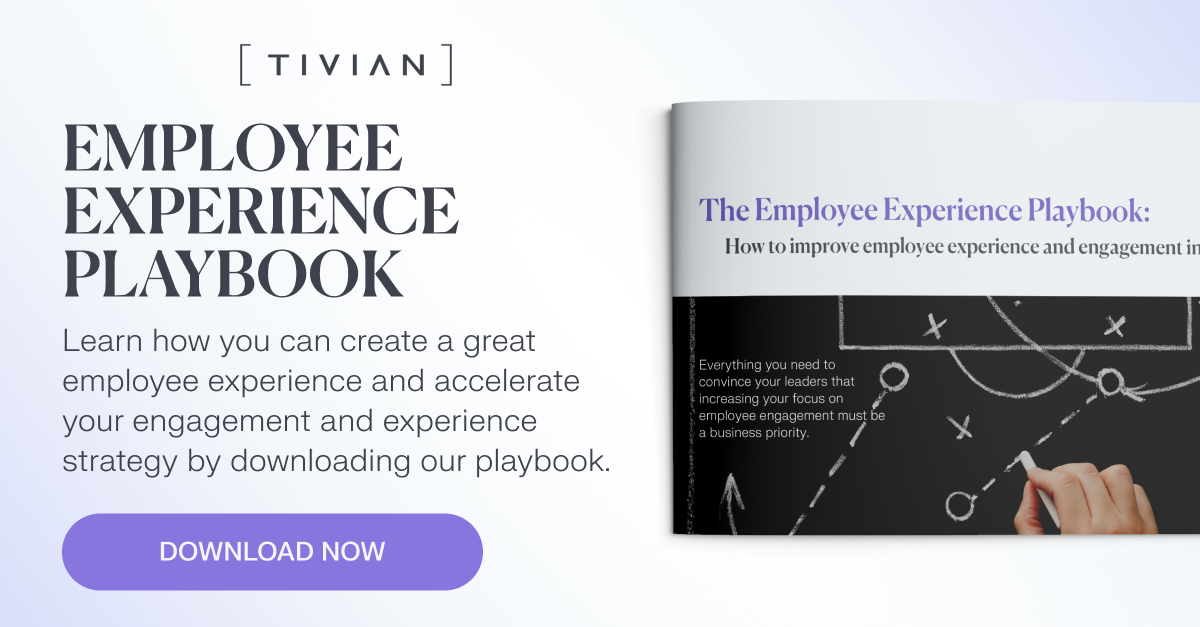Younger generations in particular want to work independently of time and place. However, the COVID-19pandemic, also changed what older generations want when it comes to work. Most now want to work in a company with a hybrid working model – and no longer come into the office five days a week. But what are the advantages of hybrid working? And what challenges do companies have to overcome to implement it successfully?
What are the benefits of hybrid work?
Hybrid work delivers specific benefits to both staff and employers.
The benefits for employees
- More flexibility: Not having to be in the office every day gives employees a greater choice over where they live and work – they may be happier commuting to an office that is further away if they only have to do it once or twice a week.
- Cost and time savings: Not having to commute to work saves both time and reduces cost, while allowing greater flexibility over their schedules.
- Better work life balance: Even something as simple as being able to walk pets or do household chores during lunch breaks helps employees feel happier and more in control.
- More productivity: Many staff feel they are more productive when working from home, without the distractions of the office. Equally, hybrid working enables them to socialize when they are in the office, meeting colleagues and learning from those around them.
- Higher satisfaction: Enabling employees to work flexibly gives them greater control over their jobs. This is a powerful motivator, leading to greater engagement and happiness.
The benefits for companies
Hybrid working benefits organizations in three specific ways.
- Happier, more motivated employees who are more productive and want to work for your company. This translates into greater effectiveness, higher innovation, and improved customer experience.
- Reduced costs – employers may be able to downsize office space and other facilities as not every employee is in the office at the same time.
- Widens the talent pool they can target, because employers can look further afield for employees with the right skills as they do not need to be in the office five days per week. It also brings workforce flexibility. For example, rather than contact center staff having to work a full shift, some home-based agents can be on standby in case of sudden increases in demand.
What are the challenges of hybrid work?
Hybrid work brings multiple advantages for employees and employers. However, the shift of work location and flexible working hours also pose challenges for employees and companies, which lead to disadvantages of hybrid work.
The challenges for companies
Hybrid working adds a new layer of complexity to managing the workforce, at both an overall and team level. Specific challenges include:
- Building a team: Managers need to be able to understand, engage and motivate every member of their team. This can be more difficult and requires new skills, especially around communication, within the hybrid workforce. They need to ensure all staff members are productive, wherever they are working.
- Being better organized: Managers need to be able to take into account multiple schedules when arranging meetings or team away days. This adds to their workload.
- Ensuring fairness: It is easy to inadvertently overlook employees that a manager does not see physically on a regular basis. This can lead to disengagement or passing over strong candidates for promotion.
- Building culture and purpose: Employees want to work for organizations with a clear culture and purpose. However, ensuring that everyone understands your overall vision and culture is more difficult when they are working hybrid patterns.
- Rightsizing facilities: Companies can benefit from downsizing their offices to cope with fewer staff being on-site at the same time. However, ensuring that the right facilities (such as numbers of desks) are in place requires careful management. Additionally, hybrid workplace design requirements may mean changing existing offices to increase the number of meeting rooms and break-out spaces and reducing the number of desks. The hybrid work office is therefore very different to previous workplaces.
The challenges for employees
Hybrid working patterns also bring challenges for individual employees:
- They may feel isolated from colleagues, particularly if they are not in the office at the same time as their friends, who may work in different teams
- They may not learn soft skills as quickly as they cannot simply ask around the office if they have an issue
- They may miss out on networking opportunities as they are not in the office at the same time as managers and other senior leaders.
Hybrid working has more advantages than disadvantages – if it is implemented correctly
Hybrid working can not only increase the talent pool and the chance to attract top talent. It also often leads to happier and more motivated employees who are happy to stay with the company and usually stay longer.
However, these benefits only come about if companies know what their employees are thinking at all times, train their managers accordingly and use the right technologies.
Our blog “Hybrid working world: Understanding and implementing hybrid working” shows you how to implement hybrid working in your company and overcome all of these challenges.


